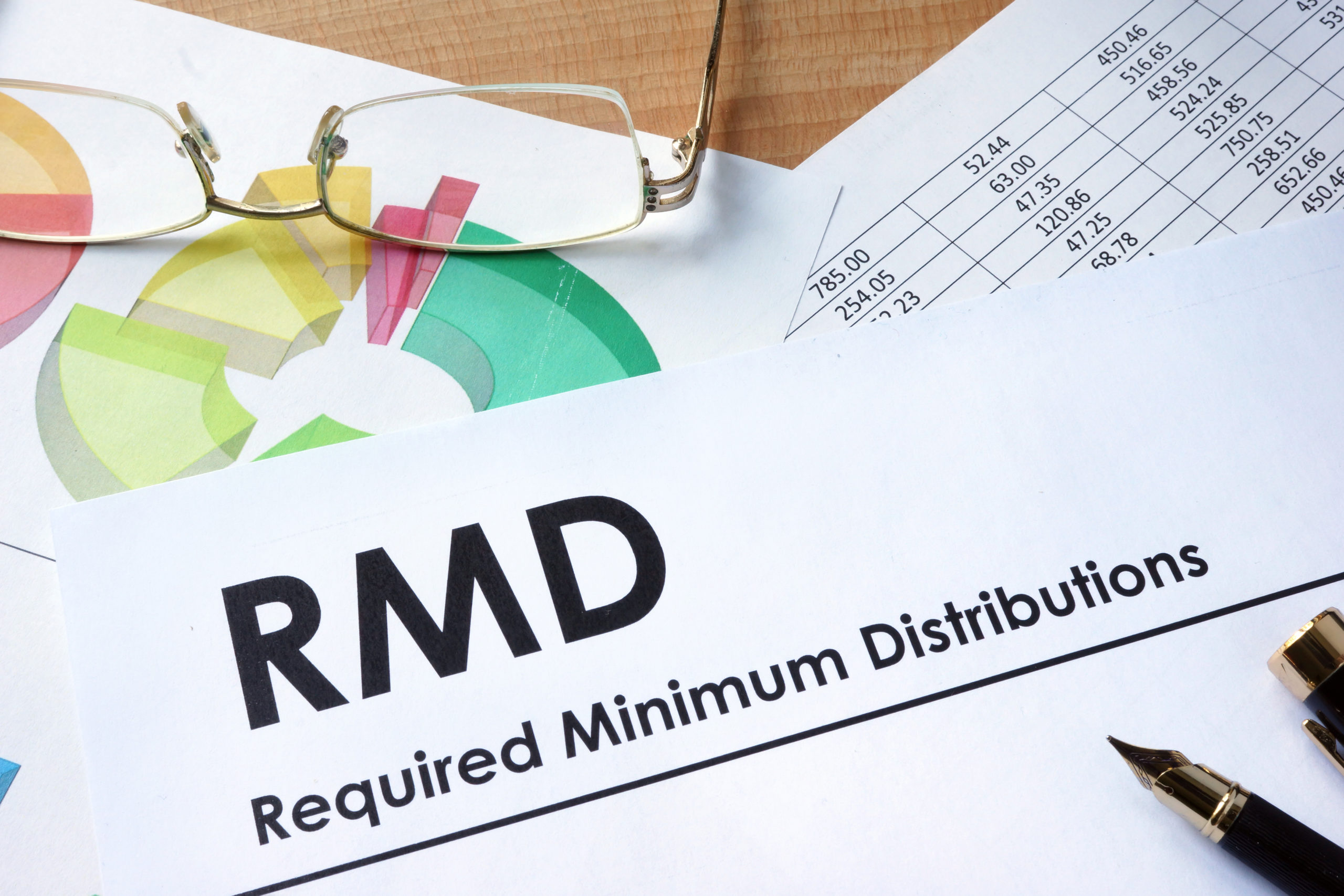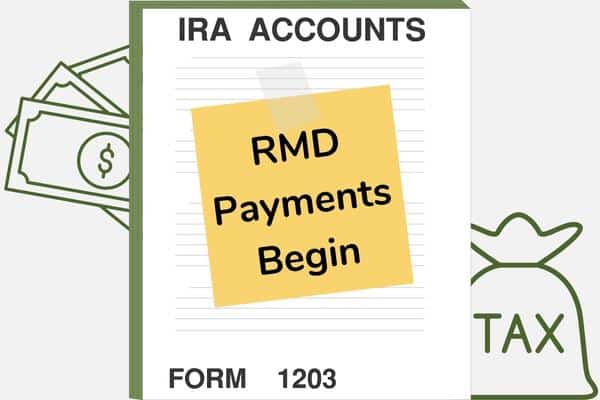The CARES Act implemented several measures to help Americans during coronavirus, including the ability to skip taking taxable Required Minimum Distributions (RMDs) for tax year 2020. However, the Act went into effect on March 27, 2020, after many people had already taken their 2020 RMDs earlier in the year. The IRS has since issued guidance allowing individuals to reverse their RMDs if completed by August 31, 2020.
Why Should You Reverse Your RMD?
Distributions taken from tax deferred retirement accounts (i.e. traditional IRAs and 401(k) accounts) are fully taxable as ordinary income upon distribution. If you don’t need the income from your retirement account, then reversing your RMD might be an easy decision to help reduce your 2020 tax liability.
What Amount Do I Need to Repay If I Had Taxes Withheld?
If you want to avoid being taxed on your full distribution, then you need to redeposit the full gross distribution, which is the amount before any taxes were withheld. This means that if you had taxes withheld, you will need to redeposit more than the amount you received to avoid any taxable RMD amount for 2020.
As an example, assume your gross distribution was $50,000 and that 20%, or $10,000 was withheld in taxes. You received a net amount of $40,000, but you need to return $50,000 to the retirement account to avoid any taxable RMD for the year.
What Happens to My RMD Tax Withholdings?
There’s no way to reverse your tax withholdings for an RMD that’s already been processed. However, that doesn’t mean your tax withholdings are lost. If you are overpaid in tax withholding for the year, you will get a refund upon filing your taxes in 2021. You might also be able to reduce other withholdings before year-end, or perhaps reduce your estimated tax payments.
What If I Already Spent My RMD?
If you’ve already spent the distribution, you need to ask yourself if you have adequate financial resources in your bank or other non-qualified accounts (i.e., brokerage accounts). It’s important that these account balances be ample to replenish (repay) the distribution and cover your remaining cash needs throughout 2020.
As an example, assume your RMD was $50,000 and you’ve already spent it. Further assume you have $400,000 between your bank and brokerage accounts. It might be wise to pull the $50,000 from these accounts to repay the $50,000 RMD, perhaps still leaving you with ample reserves of $350,000 in these accounts to cover future 2020 expenses.
What If I’m In A Low Tax Bracket?
If you’re in a low tax bracket, the decision to repay your RMD could be a difficult one as you’re not paying much in taxes to begin with. Primary decision factors include:
1. Do you foresee your taxable income increasing in the future? If yes, then it might be wise to take the RMD this year, allowing you to take advantage of lower tax brackets before your taxes increase.
2. Do you have ample assets in other non-retirement bank and brokerage accounts that allow you to simply skip the distribution? If the answer is yes, then a redeposit might make sense. If the answer is no, then it might be best to leave the distribution alone for 2020.
How Do I Redeposit or Reverse My RMD?
Most financial institutions will simply allow you to write a check or transfer money from another account. If redepositing your RMD by check, make a notation in the memo line stating “CARES Act 2020 RMD Rollover.” However, you should always check with your financial institution first.
If you’re trying to redeposit an RMD to a 401(k) or a retirement plan other than an IRA, your ability to make a redeposit might hinge on if the plan permits rollover contributions. Contact your human resources department, plan administrator or financial institution for guidance.
The repayment will be treated as a tax-free rollover, and it is not subject to the normal 60-day limitation or the “one rollover every 12 months” rule.
What Happens When I File My Taxes?
Most institutions we’ve spoken with have advised that a 1099 will still be issued for your IRA distribution taken earlier this year, even if you redeposit the amount. This means that your tax records could still reflect a taxable distribution that you’ve reversed and shouldn’t be taxed on. If you make a redeposit before August 31, 2020, you can avoid the taxable impact, but it will require overriding the 1099 you receive.
Anyone who elects to reverse their RMD needs to keep careful documentation showing the RMD reversal. Such documentation will need to be provided to your tax preparer, likely requiring your tax preparer to manually override the taxable entry associated with what’s reported on your 1099.
We are properly documenting reversals for our clients and will be sending notices to tax preparers. However, for any accounts that we don’t manage, we strongly encourage you to notify your tax preparer now, to keep good records and to set a reminder for yourself around tax time next year.
How Quickly Do I Need to Make A Decision?
As a recap, all potential RMD reversals / rollovers must be processed by August 31, 2020 per IRS guidance.
As always, SageVest remains committed to providing proactive financial advisory services in support of your financial objectives. We’re here to help you, your family and your friends. Please contact us if you have any questions on this or other financial topics.




